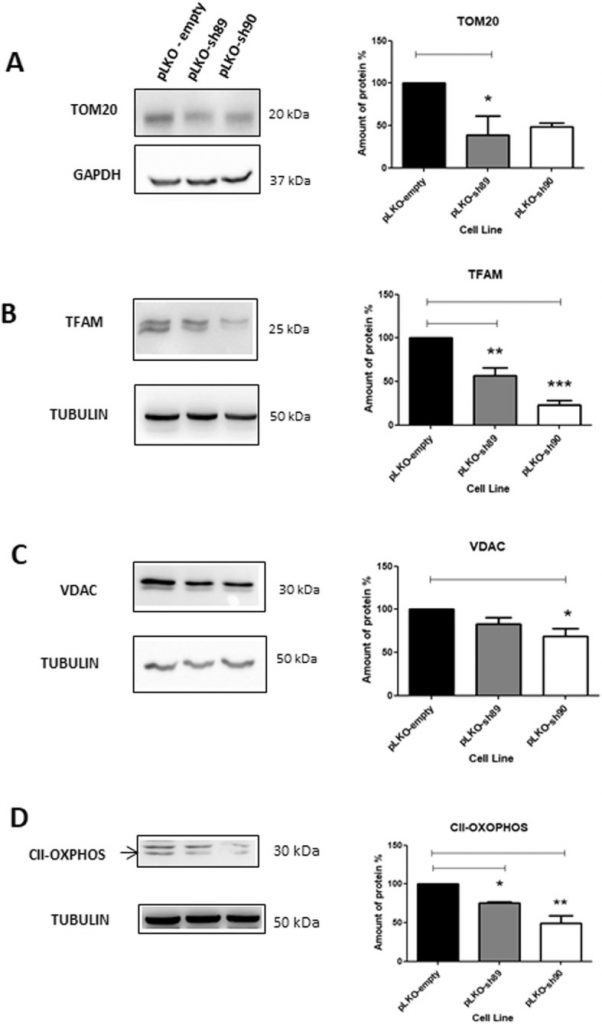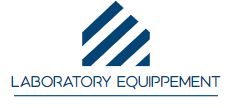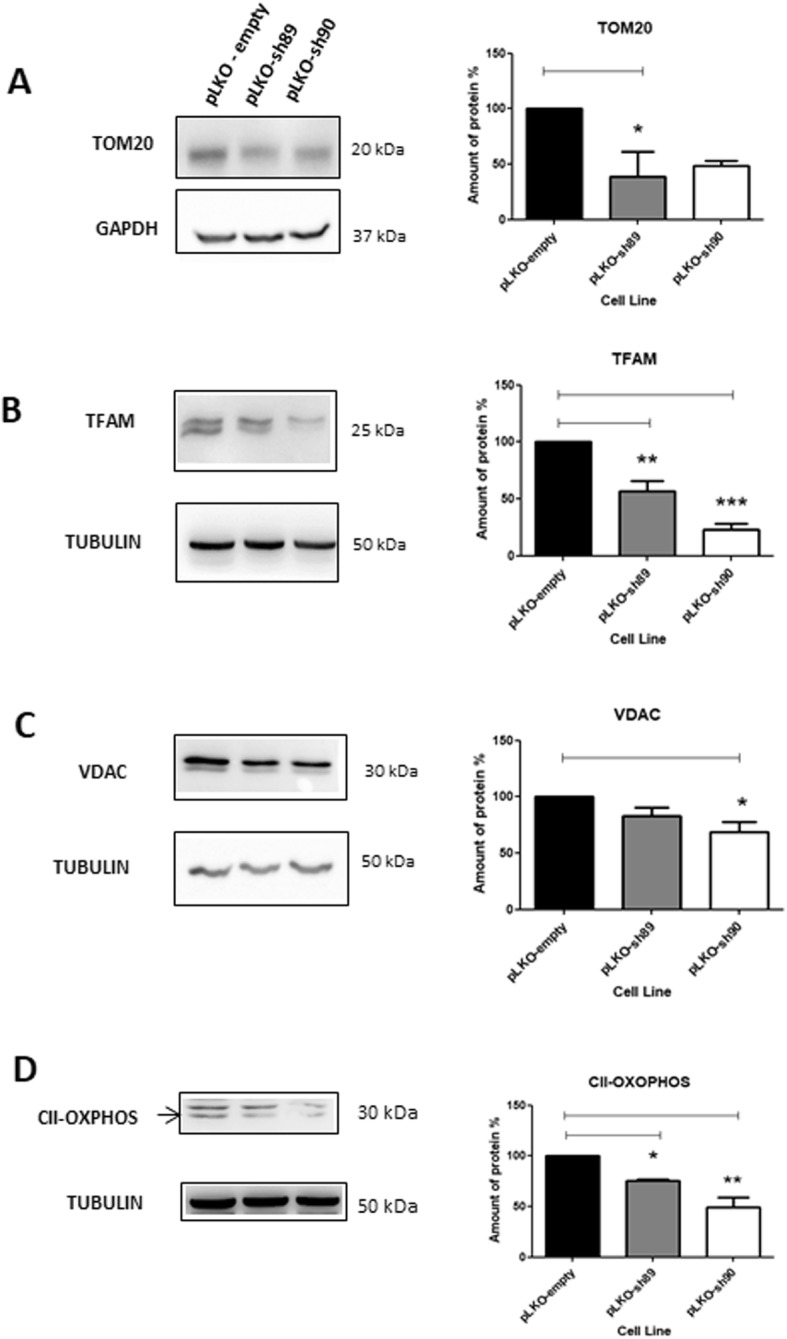NEK10 interactome and depletion reveal new roles in mitochondria.
Members of the household of NEK protein kinases (NIMA-related kinases) have been described to have essential roles in regulating completely different features of the cell cycle. NEK10 was reported to take half in the upkeep of the G2/M checkpoint after publicity to ultraviolet mild.
NEK1, NEK5, NEK2 and NEK4 proteins alternatively have been linked to mitochondrial features.HEK293T cells have been transfected with FLAG empty vector or FLAG-NEK10 and handled or not with Zeocin.
For proteomic evaluation, proteins co-precipitated with the FLAG constructs have been digested by trypsin, and then analyzed through LC-MS/MS. Proteomic information retrieved have been subsequent submitted to Integrated Interactome System evaluation and differentially expressed proteins have been attributed to Gene Ontology organic processes and assembled in protein networks by Cytoscape.
For purposeful, mobile and molecular analyses two steady Nek10 silenced HeLa cell clones have been established.
Here, we found the next attainable new NEK10 protein interactors, associated to mitochondrial features: SIRT3, ATAD3A, ATAD3B, and OAT. After zeocin therapy, the spectrum of mitochondrial interactors elevated by the proteins: FKBP4, TXN, PFDN2, ATAD3B, MRPL12, ATP5J, DUT, YWHAE, CS, SIRT3, HSPA9, PDHB, GLUD1, DDX3X, and APEX1.
We confirmed the interplay of NEK10 and GLUD1 by proximity ligation assay and confocal microscopy. Furthermore, we demonstrated that NEK10-depleted cells confirmed extra fragmented mitochondria in comparison with the management cells.
The knock down of NEK10 resulted additional in adjustments in mitochondrial reactive oxygen species (ROS) ranges, decreased citrate synthase exercise, and culminated in inhibition of mitochondrial respiration, affecting halficularly ATP-linked oxygen consumption price and spare capability.
NEK10 depletion additionally decreased the ratio of mtDNA amplification, probably because of DNA harm. However, the whole mtDNA content material elevated, suggesting that NEK10 could also be concerned in the management of mtDNA content material.Taken collectively these information place NEK10 as a novel regulatory participant in mitochondrial homeostasis and vitality metabolism.

Ex vivo limb perfusion for traumatic amputation in army medication.
Limb loss has a drastic influence on a affected person’s life. Severe trauma to the extremities is widespread in present army conflicts. Among different features, “life earlier than limb” harm management surgical procedure hinders instant replantation throughout the brief post-traumatic timeframe, which is proscribed in half by the ischemic time for profitable replantation.
Ex vivo limb perfusion is at present being researched in animal fashions and reveals promising outcomes for its software in human limb replantation and allotransplantation.
The present lack of replantation prospects in army operations with excessive charges of amputation might be addressed with the event of a transportable ex vivo limb perfusion machine, as there are a number of alternatives current with the introduction of this method on the horizon.
We hypothesize that ex vivo limb perfusion will allow overcoming the important ischemic time, present surgical alternatives similar to preparation of the stump and limb, permit for spare–half surgical procedure, allow rigorous antibiotic therapy of the limb, scale back ischemia-reperfusion accidents, allow a tissue perform evaluation earlier than replantation, and allow the event of huge limb transplant applications.
Data from in vivo research in porcine fashions are restricted by the comparatively brief perfusion time of 24 h. In the army setting, notably longer perfusion occasions must be realized. Therefore, future animal research should focus particularly on long-term perfusion, since this represents the army setting, contemplating the time for stabilization of the affected person till evacuation to a tertiary therapy middle.
The growth and medical introduction of ex vivo limb perfusion in the army setting may result in a drastic discount in the variety of limb amputations amongst service members.
Ex vivo limb perfusion allows replantation surgical procedure in Role four amenities and adjustments the medical setting from a extremely pressing, life-threatening state of affairs to a extremely methodical, well-prepared place to begin for optimum therapy of the wounded service member. With its introduction, the precept of “life earlier than limb” will change to “life earlier than limb earlier than elective replantation/allotransplantation after ex vivo limb perfusion”.

